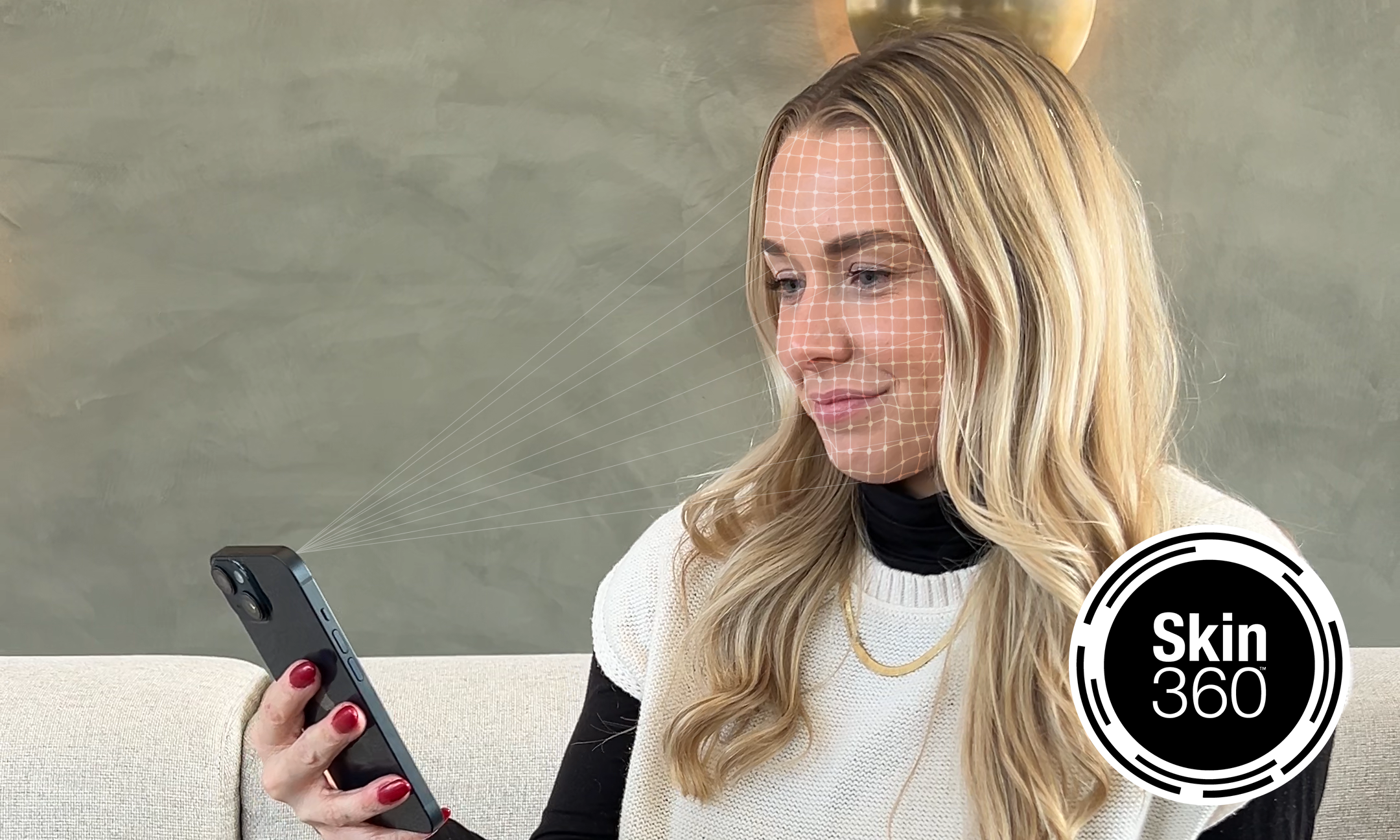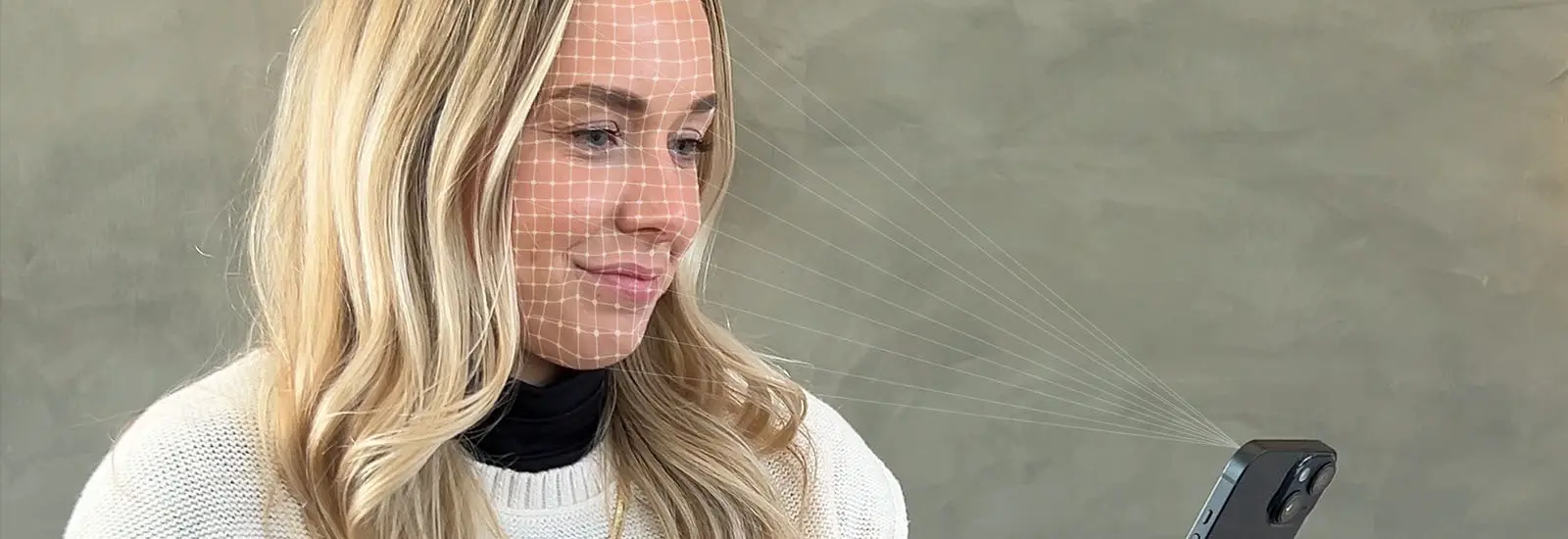Take a scroll through skincare spaces, and you're bound to see mentions of skin cycling. It's the latest skincare trend taking social media by storm — but what is it, exactly?
What Is Skin Cycling, & How Does It Work?
Founded by NYC-based dermatologist Dr. Whitney Bowe, skin cycling is a four-day routine in which you alternate between using active ingredients and allowing your skin a break. The idea is to get the most out of the active ingredients while not being too harsh on your skin. Bowe swears by her method, and she's devoted her entire Tiktok to educating her followers about it.
Does Skin Cycling Work for All Skin Types?
Whether you're building your first skincare routine or you're a pro, anyone can benefit from skin cycling, specifically those with acne-prone or oily skin. Sensitive skin types might also see results from this process; however, Bowes warns that ingredients such as retinol and exfoliants can still be irritating.
The great thing about this routine is that you can tailor the process to your skin's specific needs. For example, if you have sensitive skin, you may give yourself an extra day of recovery. If you have acne-prone skin, you might be able to stick to one recovery day.
The same goes for products. Some skincare products have higher concentrations of active ingredients than others; figuring out the right concentration will depend on your skin type. It's always a good idea to check with your dermatologist before adjusting your skincare regimen.
How To Skin Cycle
A complete skin cycle spans about three to four days, depending on your skin type. Before applying any products, cleanse your skin thoroughly to remove any makeup and debris. Start with a face cleanser like the Neutrogena® Deep Clean® Cream Cleanser or the Neutrogena® Oil-Free Acne Wash.
Below is a step-by-step guide to each night of a successful skin cycle.
Night One: Exfoliation Night
Before applying the exfoliant, ensure your skin is clean and completely dry to help the acids penetrate evenly. Then, use a leave-on exfoliant with 8% glycolic acid or higher. For instance, the Neutrogena® Hydro Boost+ Glycolic Acid Overnight Peel contains 10% glycolic acid. After applying your exfoliant, follow it up with a moisturizer such as the Neutrogena® Hydro Boost Water Cream.
Night Two: Retinol Night
If you're new to retinol, be careful to avoid irritation. After washing and drying your face, apply a thin layer of a rich moisturizer, followed by a pea-size amount of the Neutrogena® Rapid Wrinkle Repair Retinol Pro+ .5% Power Serum. If you have sensitive skin, sandwich your retinol with a second layer of moisturizer on top. As you get more advanced, you may eventually be able to skip the first layer of moisturizer and go straight to your retinol.
Nights Three and Four: Recovery Days
Don't underestimate the importance of recovery days. According to Bowe, the purpose of these days is to help repair the skin barrier and to minimize any irritation. To make the most of your recovery nights, wash your face as you usually would each night, then apply a hyaluronic acid like Neutrogena® Hydro Boost Hydrating Serum before moisturizing.
That's it! After your fourth night of trying the skin cycle method, you simply return to night one and repeat.
How Long Until You See the Benefits of Skin Cycling?
As with any routine, visible results may take time to appear. However, Bowe says people may start to see improvements in radiance and hydration after only two cycles.
Overall, this method can help cut down on product overuse. That's a win for your wallet, but it can be for your skin, too — it allows your skin to reap the benefits of powerful active ingredients and still have time for recovery and repair.




